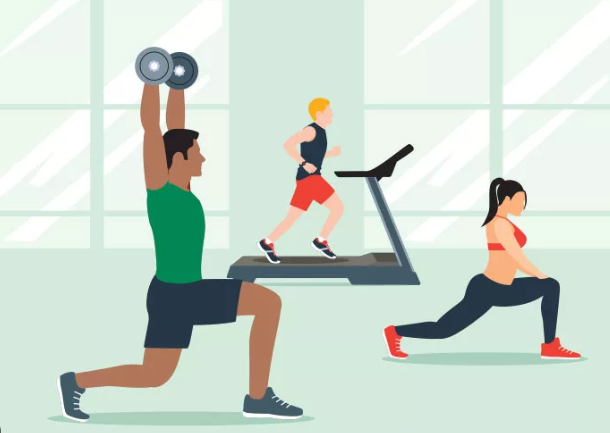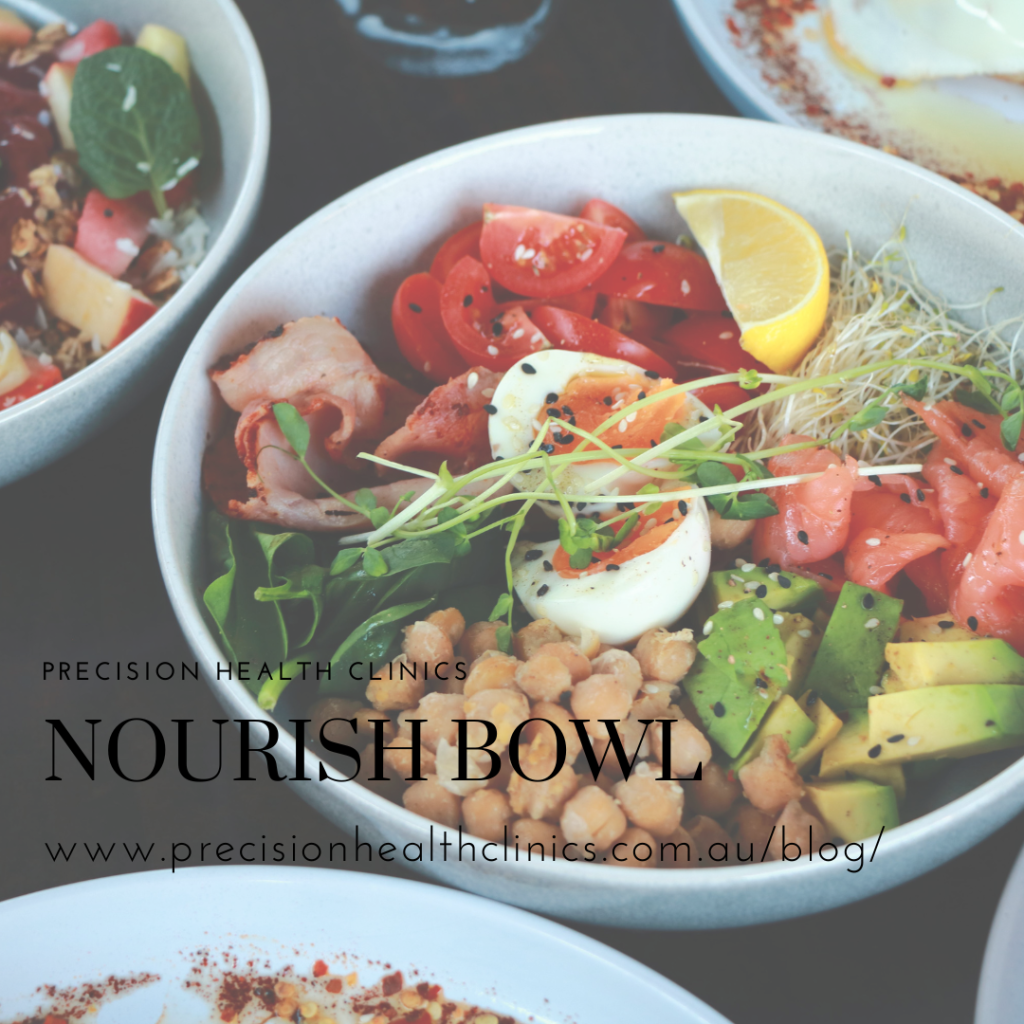How to Make Working Out a Habit

Image from: https://health.clevelandclinic.org/how-often-you-should-work-out
Starting a new workout routine can be exhilarating but making it a consistent habit is often the most challenging part. Whether you are looking to get fit, build strength, or improve your overall health, sticking to a regular exercise schedule can sometimes feel like an uphill battle. However, creating a lasting workout habit doesn’t have to be complicated! With the right strategies, you can make exercise a regular part of your life and enjoy its many benefits for years to come.
Here is how to make working out a habit, based on expert advice and proven strategies.
1. Start Small and Set Realistic Goals
One of the most common mistakes people make when starting an exercise routine is setting goals that are too ambitious. It is important to start small and set achievable, realistic goals. Begin with short workouts or manageable goals, such as exercising for 15 minutes a day, three times a week, and gradually increase your duration or frequency as your body adapts.
As noted by the American Heart Association, breaking your goals down into smaller, manageable steps helps prevent burnout and keeps you motivated as you experience small successes along the way.
2. Find an Activity You Enjoy
The key to sticking with any habit is enjoyment. If you don’t like the activity you are doing, it is going to be much harder to stay consistent. Experiment with different types of exercise to find what you enjoy most, whether it is swimming, running, pilates, dancing, or weight training.
According to HelpGuide, enjoying your workout not only makes it more fun, but it also increases the chances of making it a lasting habit. When exercise feels like a chore, it is easier to skip it. But when you find something you look forward to, it becomes easier to commit to regularly.
3. Schedule Your Workouts
One of the most effective ways to turn exercise into a habit is to treat it like any other important appointment. Schedule your workouts at a time that works best for you—whether it is in the morning, during lunch, or in the evening—and block off that time in your calendar.
As suggested by the experts at Kickoff, putting your workouts in your schedule ensures that you are making time for them and not letting other tasks or distractions interfere. Having a set time each day helps create consistency, which is crucial for building a lasting exercise habit.
4. Start with Accountability
Accountability is a powerful motivator when it comes to forming any habit, including exercise. When you have someone to check in with or share your progress, you are more likely to follow through with your commitments.
You can hire a personal trainer, work out with a friend, or join an online fitness community. According to the advice on making exercise a habit from the American Heart Association, having accountability partners—whether it is a workout buddy or a coach—can increase your commitment and make you feel more motivated to stay consistent.

Image from: https://blog.lexmed.com/home/blog/2023/03/02/why-working-out-in-a-group-works
5. Track Your Progress
Tracking your progress is another great way to stay motivated. Keeping a fitness journal, using a fitness app, or logging your workouts on your phone can help you see how far you have come. Whether it is noting the number of steps taken, the amount of weight lifted, or your running time, monitoring your progress gives you a sense of achievement and helps you stay focused on your goals.
HelpGuide also emphasises that tracking your success gives you a visual reminder of your progress, which helps reinforce your commitment to working out. It is easy to forget how much you have improved, so having records can be a powerful motivator.
6. Reward Yourself
Positive reinforcement is a great tool for making any habit stick. After reaching a milestone or completing a workout, reward yourself with something you enjoy, whether it is a relaxing bath, a healthy treat, or a movie night.
As recommended byKickoff, giving yourself small rewards reinforces the habit and encourages you to keep working toward your next fitness goal. The rewards do not need to be extravagant; simple acts of self-care can make the journey to building a workout habit more enjoyable.
7. Be Kind to Yourself
Building a habit takes time, and setbacks are normal. If you miss a workout or don’t meet your goal one week, don’t get discouraged! The key is to get back on track and not let a slip-up derail your progress. According to the American Heart Association, being kind to yourself and showing self-compassion helps maintain motivation and ensures you stay consistent in the long run.
8. Make it Part of Your Routine
Lastly, to truly make working out a habit, it needs to become a part of your everyday routine. The more you integrate exercise into your daily life, the less you will need to think about it. Whether it’s a morning pilates session, a walk during lunch, or an evening workout, consistency is the key to turning exercise into an automatic part of your day.
Over time, working out will become as natural as brushing your teeth, and you won’t have to rely on motivation or willpower to get started.

Image from: https://www.istockphoto.com/photos/men-working-out-gym
Conclusion
Turning working out into a consistent habit requires patience, planning, and a positive mindset. By starting small, finding an activity you enjoy, scheduling your workouts, and tracking your progress, you can build a sustainable exercise routine that fits seamlessly into your life. And remember, the key is consistency. Even on days when motivation is low, showing up for your workout is a victory in itself. So, lace up your sneakers, put your plan into action, and start building that workout habit today!
References:
- HelpGuide. (n.d.). How to Start Exercising and Stick to It. Retrieved from https://www.helpguide.org/wellness/fitness/how-to-start-exercising-and-stick-to-it
- Kickoff. (n.d.). How to Make Exercise a Habit. Retrieved from https://www.trainwithkickoff.com/blog/how-to-make-exercise-a-habit
- American Heart Association. (n.d.). Make Exercise a Habit. Retrieved from https://www.heart.org/en/healthy-living/fitness/staying-motivated/make-exercise-a-habit


















